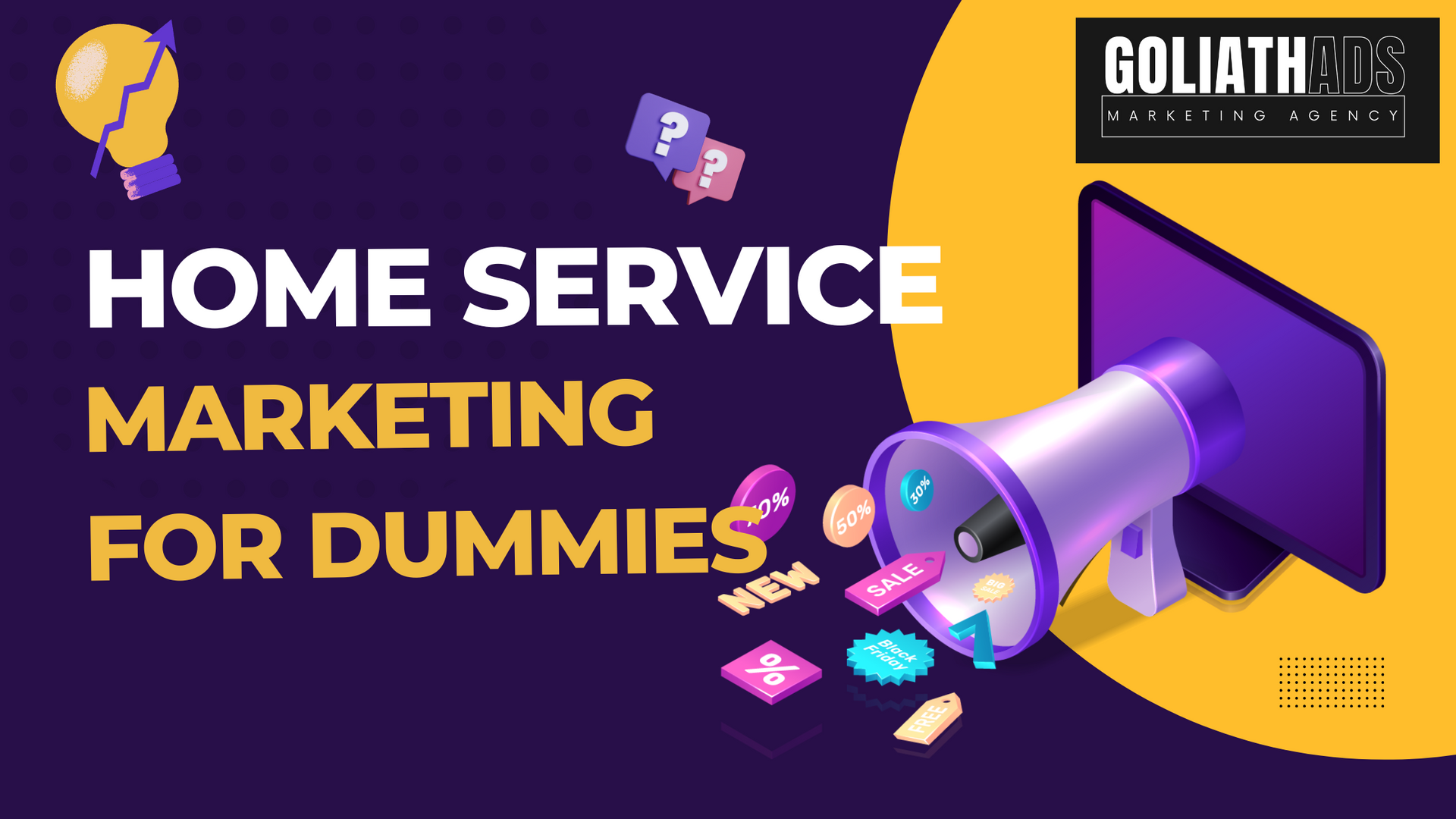The rise of social media has not only transformed the way we communicate but also the way we purchase. In an era where consumers value authenticity and peer recommendations above traditional advertising, influencer marketing has become a pivotal strategy for businesses.
For small business owners, navigating the influencer marketing landscape can seem daunting, yet it represents a significant opportunity to reach niche audiences and drive sales.
In this comprehensive guide, we’ll walk you through the process of initiating an influencer marketing strategy that’s tailored to your business goals and community.
Step 1: Setting Goals
The foundation of any marketing strategy is the clear definition of what you hope to achieve. Influencer marketing goals can range from increasing brand awareness to driving sales, and everything in between.
- Brand Awareness: Perhaps you’re a new e-commerce startup looking to make a splash in your market. Your main objective might be reaching a wide audience and introducing them to your brand.
- Engagement: If you want to build a community around your brand or a product, focusing on likes, comments, and shares could be the priority.
- Lead Generation: For B2B or high-value consumer products, you might be more interested in collecting email addresses or other contact information from interested consumers.
- Sales: Ultimately, the goal for many businesses is to drive revenue. Clear ROI tracking is key when sales are the objective.
The key to effective goal setting is to make sure your objectives are SMART: Specific, Measurable, Achievable, Relevant, and Time-bound.
Step 2: Identifying the Right Influencers
The success of your influencer campaign hinges on the relevance and authenticity of the influencers you partner with.
- Relevance: The influencer you choose should be aligned with your industry and the interests of your target audience. Look for influencers who have a following that matches your buyer persona.
- Reach: While numbers aren’t everything, the influencer should have a sizeable, engaged following, sufficient to achieve your campaign goals.
- Engagement: Pay attention to the influencer’s interaction with their audience. A thousand likes from an audience of a million are less valuable than a hundred likes from a thousand.
- Niche vs. Mass: Micro-influencers with a smaller, more targeted following can often drive higher engagement and conversion rates than celebrities with millions of followers.
Step 3: Crafting a Compelling Campaign
Your campaign should tell a story that resonates with both the influencer’s audience and your own.
- Theme: Create a campaign theme or message that is easily relatable and can be adapted to suit different content creators.
- Call to Action (CTA): Clearly define the next step you want viewers to take. This might be visiting your website, signing up for a newsletter, or making a purchase.
- Hashtags and Campaign Name: Choose a unique hashtag or campaign name to make it easy for customers to follow the conversation and track engagement.
Step 4: Negotiating Partnerships
Negotiating with influencers is a delicate balance of sharing your marketing needs and respecting their creative process.
- Compensation: Be clear on how you’ll compensate the influencer. This could be a flat fee, a commission on sales, free products, or a combination.
- Content Rights: Determine who will have the rights to the content created.
- Disclosure: Be certain that the influencer will clearly disclose any partnership with your brand. Transparency is not only ethical but also a legal requirement in many countries.
Step 5: Content Creation and Collaboration
The content produced should feel as natural as possible while effectively promoting your brand.
- Branded Content Guidelines: Provide the influencer with a clear set of branded content guidelines. These should align with your brand’s messaging and values.
- Storytelling: Encourage the influencer to tell their audience how your product or service fits into their life. Authentic, storytelling content often performs the best.
- Feedback and Collaboration: Offer feedback on content ideas, but be open to the influencer’s creative input. Collaboration often leads to the most genuine and successful campaigns.
Step 6: Launch and Promote
A well-timed launch with strong promotional strategies can significantly enhance your campaign’s success.
- Content Calendar: Plan your influencer’s posts to coincide with broader marketing initiatives or times when your target audience is most active online.
- Cross-Promotion: Consider additional promotional efforts such as featuring influencer content on your site or social profiles.
- Paid Media: Boost your influencer’s content with paid ads to reach a larger segment of your target audience.
Step 7: Monitoring and Measuring Success
To understand the impact of your influencer marketing strategy, you need to track relevant metrics and measure success against your predefined goals.
- Engagement: Look at the likes, comments, shares, and saved posts to determine how well the audience is engaging with the content.
- Reach: Monitor the number of people who see the influencer’s posts to gauge how well your message has been received.
- Web Traffic and Conversions: Use tools like Google Analytics to track traffic and ultimately, if sales are your goal, conversions.
- Feedback: Listen to the feedback from the influencer’s audience. It can provide valuable insights into how your brand is being perceived.
Conclusion
Influencer marketing is not a one-size-fits-all strategy, but when done right, it can be a powerful tool for small businesses to grow their brand. By following these 7 steps, you can create an influencer marketing strategy that’s scalable, transparent, and most importantly, effective.
Remember, the key to a successful influencer partnership lies in the authenticity of the content and the connection it forges between your brand and the influencer’s audience. With commitment and careful planning, influencer marketing can take your small business to new heights in the digital age.
About Us
To be successful, businesses need to keep their marketing strategies relevant by monitoring changes in the marketplace and adjusting their tactics accordingly. Are you looking to develop a more effective marketing strategy for your siding business? We at Goliath Ads specialize in crafting unique, revenue-driven marketing services for contractors, and businesses, both large and small. Whether you want to generate more leads, increase revenue, or enhance brand awareness our experts can help you achieve your goals with quality and consistent efforts. If you’re ready to work with the best of the best, get in touch with us today at 410-210-4568 to learn more about SEO for pressure washing!



